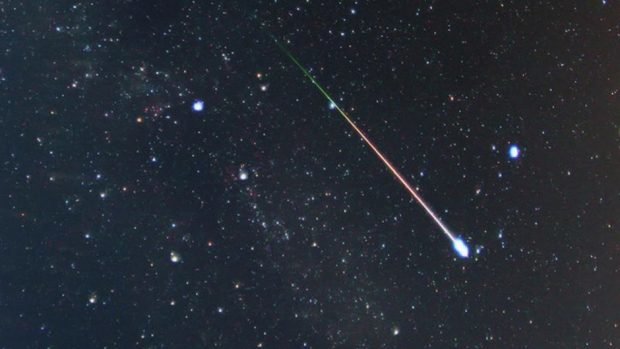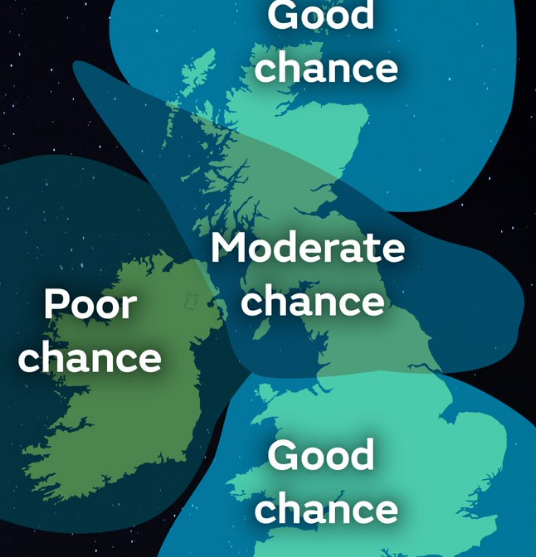Tonight provide the perfect conditions for stargazers looking to catch a glimpse of the Perseid meteor shower.
Met Office officials have said people in the north and north-east of Scotland have a ‘good chance’ of a preview of the meteor shower before it peaks later this week.
The Perseid meteor shower is one of the most prominent event in the astronomer’s calendar, with this week being its peak showing.
The spectacular cluster of shooting stars started on July 17 and will conclude on August 24.
Astronomers have predicted that the best time to catch a glimpse of the shower will be tomorrow and Friday night, however, the Met Office have said people could catch an exciting preview of the stars tonight.
The meteor, named after the Perseus constellation, which is the point from which they appear to come from in the night sky, could put on display as many as 200 meteors.
The rocks show up as dashes as light in space as they pass through the Earth’s atmosphere at approximately 134,000mph.
The Perseid’s are made of tiny pieces of the Swift-Tuttle comet that can be seen every year when the Earth passes through a cloud of the comet’s debris.
The last time the Swift-Tuttle passed close enough to earth for the fragments to be seen was 1992.
The Perseids are popular with stargazers because the shower usually sees around 60-100 meteors per hour. However, this year’s shower is expected to be particularly impressive, with up to 150 meteors per hour.
The best time to catch a glimpse of the famous display is between 1am and dawn, and the darker the location, the better.

